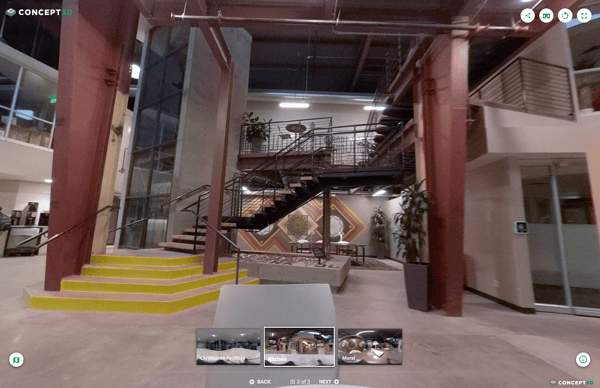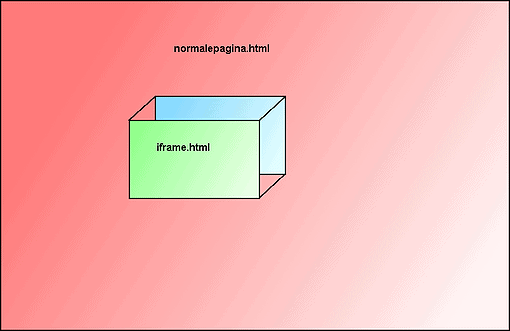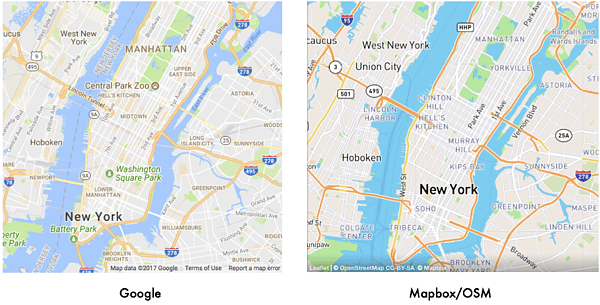The timeless debates of Coke vs Pepsi, pepperoni vs cheese, or even aisle vs window seat. They are back and forth conversations that have will be debated for centuries. In the world of 3D mapping the topics of debate are 360 panoramas vs photosphere, CNAME vs iFrame, and Google tiles vs. Open street maps.
All three of these topics are different applications or companies, virtually do the same thing but just a little differently.
Panos vs. Photosphere
Normal photos are just a static image that has a shows the primary focus of the picture. When you show your friends or family a photo of the trip and say, I wish I could show you the whole picture. That is where 360 panoramas and photospheres come in. You can buy a specific camera to do it, or even take 360 photos on your phone now.
A 360 Panorama takes pictures on a flat long rectangle image in a line that goes 360 degrees. Yes the image is immersive, but you only see it on a specific track. You cannot escape or go out of the track or the picture will turn out odd looking.

A Photosphere is Camera that takes photos inside a sphere and from any angle within the shape. To a point where you need to make sure that you are not in the picture. You can interact with the photo in any direction and it is a very immersive experience for you end user.

Winner: Photosphere, better user experience.
CNAME vs iFrame
This is an easy debate, old vs new technology. Both do the same task, which is cloaking your domain name over another websites domain. Instead of having to link out to their website, the page looks like it came from your URL.
An IFrame is an HTML document embedded inside another HTML document on a website. You can insert content or page from another website into yours seamlessly. Below, you can see that you take another websites existing page or content(green) and put it over your page(blue)The problem with an IFrame is they slow your website down and do not rank on an SEO perspective.

A CNAME stands for Canonical Name, CNAME records can be used to alias one name to another. It masks the URL, so you do not have to embed another page onto your existing page. Instead of having to link out to our 3D map at https://map.concept3d.com, you can have it be your own URL that links to your website. To make sure everything looks on brand and does not slow down your site.
WINNER: CNAME, most secure URL, and is easier to brand for your company.
Google tiles vs. OSM
To create a 3D interactive map it takes a lot of work to take the photos, then upload them to a 3D software to digitalize the building, then to put your renderings over an existing map application.
Google tiles– Tried and true, they have a huge support team and have been mapping the world and creating a seamless wayfinding app that 67% of navigation app users go on daily. There API is expensive but you are paying for high quality work that will not fail you. They know every nook and cranny of this world and can find most latitude and longitudes anywhere on this earth. Nothing is customizable, and if you buy google tiles you play by their rules.

Open street maps is obviously a smaller company that has been around since 2004 and only does mapping. They have digitalized the entire world by manually putting in every part in. They might not have every Latitude and longitude searchable, but there map is very customizable. Say you want to make every country have its own color, you can do that. Maybe you want to make the Atlantic go over the US to replicate climate change over the next 50 years, you can do that. They are limited to the amazing wayfinding capabilities that google gives you for free, as well as googles amazing street view.
Winner: Toss up, wayfinding and guarantee of google, but the customization of OSM can cater to different needs
Overall each of these debates will continue to go on in the 3D mapping world. When these issues are solved new arguments, thus starting another vicious cycle.
